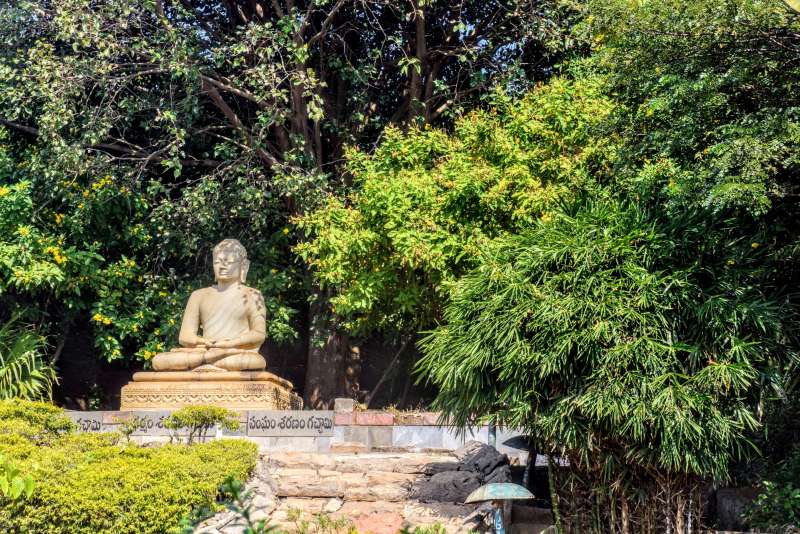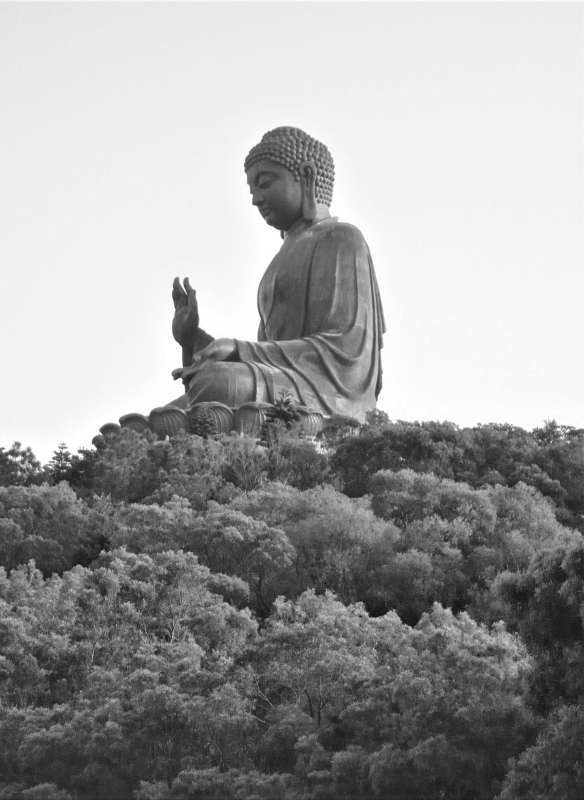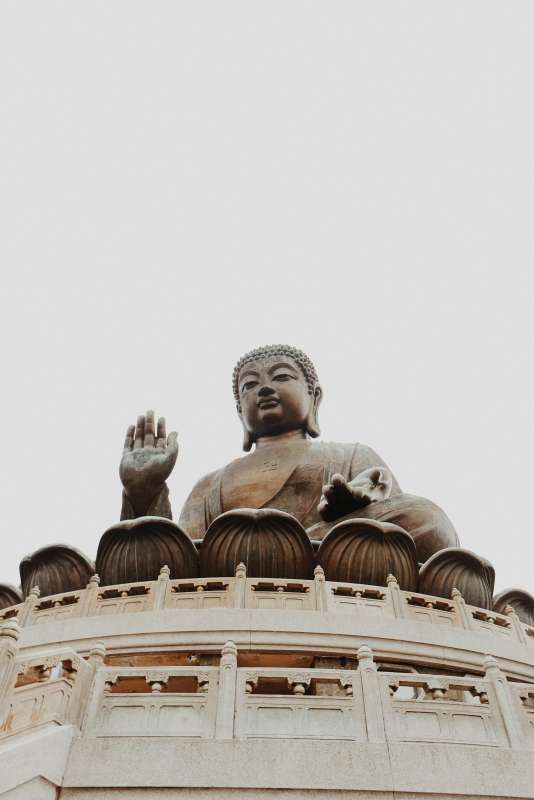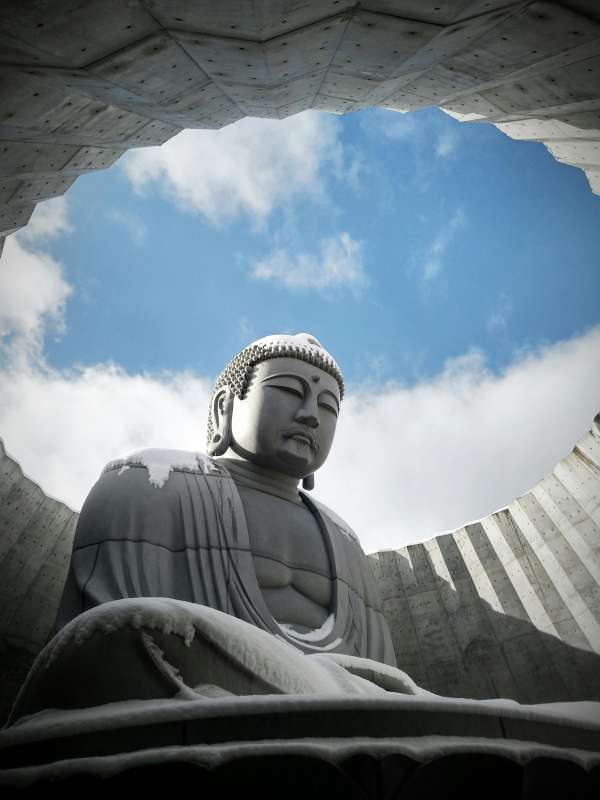D. Williams Was Stunned By What He Discovered
Published on: May 4, 2025
D. Williams: The Relentless Pursuit of Truth
D. Williams, a 50-year-old journalist from New York City, was never a man to shy away from the uncomfortable. His career, spanning over three decades, had been marked by a relentless drive to unearth the truth, no matter the personal or professional cost. Williams was known among his peers for his dogged determination, his willingness to chase leads that others dismissed as dead ends, and his almost obsessive attention to detail. But nothing in his storied career could have prepared him for what he was about to uncover. His life, already marked by hardship—a recent divorce, a solitary existence, and a chronic illness that gnawed at his energy—seemed to be hurtling toward a quiet, unremarkable end. Yet, fate had other plans for him.
Williams had always believed that journalism was more than a job; it was a calling. In the bustling, unforgiving world of New York media, he had carved out a reputation as a man who could be trusted to get the story right, even when it meant putting himself in harm's way. His colleagues respected him, but many also pitied him. He lived alone in a small, cluttered apartment in Brooklyn, his only companions the stacks of newspapers and files that threatened to swallow his living room whole. He had no children, and his marriage had dissolved under the weight of his devotion to his work. His health was failing—diagnosed with a rare autoimmune disorder, Williams faced daily pain and fatigue. Yet, he pressed on, fueled by the belief that his words could change the world.
An Unlikely Lead
The tip came to Williams in the most unexpected way. It was a rainy Tuesday afternoon when an unmarked envelope appeared on his desk. Inside, he found a series of documents—financial records, internal memos, and a handwritten note that simply read: "Follow the money." The documents hinted at a web of corruption that stretched from the city council to the highest echelons of state government. Williams's heart pounded as he sifted through the papers. He recognized the names of several prominent politicians, people he had interviewed over the years, their signatures scrawled on contracts and checks that should never have existed. The sums involved were staggering—millions of dollars funneled through shell companies, laundered through charitable foundations, and eventually landing in private bank accounts overseas.
Williams knew he had stumbled onto something monumental. But he also understood the risks. Exposing such a scandal would not only put his career in jeopardy; it could endanger his life. Nevertheless, the journalist in him could not resist the lure of the truth. He began to dig deeper, reaching out to sources he had cultivated over decades, piecing together a narrative that was as shocking as it was complex.
The Web of Corruption
As Williams delved into the documents, he uncovered a network of corruption that was breathtaking in its audacity. At the center of the web was a powerful state senator, a man who had built his career on promises of transparency and reform. Publicly, the senator was a champion of the people, a tireless advocate for the underprivileged. Privately, however, he was orchestrating a scheme to siphon public funds into his own pockets and those of his closest allies.
The senator's operation was sophisticated. He used a network of front companies to bid on government contracts, inflating prices and skimming off the excess. The money was then funneled through a series of shell corporations, each designed to obscure the trail. Williams traced payments from city contracts to offshore accounts in the Cayman Islands, Switzerland, and Singapore. Along the way, he discovered evidence of bribery, blackmail, and even threats of violence against those who dared to speak out.
One of the most shocking revelations was the involvement of a major local charity, long considered a pillar of the community. Williams found that the charity's leadership was complicit in the scheme, using their nonprofit status to launder illicit funds under the guise of community development projects. The documents revealed that millions earmarked for affordable housing, education, and healthcare had instead been diverted to luxury real estate, private jets, and lavish parties for the political elite.
Personal Risks and Paranoia
As Williams pieced together the story, he became increasingly aware of the dangers he faced. He noticed unfamiliar cars parked outside his apartment building, received cryptic phone calls in the middle of the night, and once found his front door ajar when he returned home. Friends warned him to back off, suggesting that some stories were simply too dangerous to pursue. But Williams refused to be intimidated. He took precautions—encrypting his communications, meeting sources in public places, and storing his notes in a secure location. Still, the sense of paranoia was inescapable. He knew that exposing the truth could cost him everything.
His illness, already a heavy burden, grew worse under the strain. There were days when the pain was so severe that he could barely get out of bed. Yet, he forced himself to keep working, driven by the knowledge that he was on the verge of something historic. The story consumed him, crowding out all other concerns. He stopped returning calls from friends and family, neglected his health, and rarely left his apartment except to chase new leads. The isolation was profound, but Williams believed it was a small price to pay for the chance to make a difference.
Unveiling the Scandal
After months of painstaking research, Williams finally felt ready to share his findings. He compiled his evidence into a comprehensive report, complete with documents, interviews, and analysis. On the day he presented his work to his editor, the newsroom was buzzing with anticipation. Williams, gaunt and exhausted, could barely contain his nerves as he handed over the file. His editor, a seasoned journalist with decades of experience, was visibly shaken as he read through the material. The scale of the corruption was almost unimaginable, implicating some of the most powerful figures in the state.
The newsroom fell silent as word of the discovery spread. Reporters gathered around Williams's desk, whispering in disbelief. The editor called an emergency meeting, warning staff to be prepared for the backlash that would inevitably follow. The newspaper's legal team began reviewing the evidence, bracing for lawsuits and threats. Williams watched it all unfold with a mixture of pride and trepidation. He knew that his life would never be the same.
Media Frenzy and Political Fallout
When the story finally broke, it sent shockwaves through the city and beyond. Headlines blared the news of the scandal, and television crews camped outside the newspaper's offices. Politicians scrambled to distance themselves from the accused, issuing statements of shock and outrage. The senator at the center of the scheme denied all wrongdoing, but the evidence was overwhelming. Within days, multiple officials resigned, and law enforcement launched a series of investigations. The charity implicated in the scandal saw its funding dry up overnight, and its leaders faced criminal charges.
The public reaction was explosive. Protests erupted outside government buildings, with citizens demanding accountability and reform. Social media lit up with speculation, conspiracy theories, and calls for justice. Williams became an overnight sensation, hailed as a hero by some and vilified by others. He received dozens of death threats, but also messages of support from people who saw him as a champion of the truth. His phone rang constantly with interview requests from national and international media outlets. For the first time in years, Williams felt a sense of validation. His work had made a difference, exposing corruption at the highest levels and forcing a reckoning that few had thought possible.
The Toll of Truth
But the cost of Williams's investigation was steep. His health deteriorated rapidly in the weeks following the publication of his story. The stress of the ordeal, combined with his chronic illness, left him physically and emotionally drained. He spent several days in the hospital, recovering from a severe flare-up. Friends and colleagues urged him to take time off, but Williams was reluctant to step away from the story. He continued to follow the fallout, documenting the arrests, resignations, and policy changes that resulted from his reporting.
Behind the scenes, Williams struggled with feelings of isolation and vulnerability. The threats against him became more specific and menacing, forcing him to relocate to a secure location. He hired a security consultant and took self-defense classes, determined not to be cowed by intimidation. Yet, he could not escape the sense that he had become a target. The price of exposing the truth, he realized, was a constant state of vigilance and fear.
Recognition and Reflection
Despite the personal toll, Williams's work did not go unrecognized. He received numerous awards for investigative journalism, including the prestigious Pulitzer Prize. His story was featured in documentaries, podcasts, and academic studies. Williams was invited to speak at conferences and universities, where he shared his experiences and insights with aspiring journalists. His reporting became a case study in the power—and peril—of investigative journalism.
Yet, Williams remained ambivalent about his newfound fame. He was grateful for the recognition, but he knew that the real victory lay in the changes his reporting had sparked. New laws were passed to increase transparency and oversight of government spending. Several of the officials implicated in the scandal were convicted and sentenced to prison. The charity at the center of the scheme was dissolved, and its assets were redistributed to legitimate community organizations. For Williams, the most rewarding outcome was the knowledge that his work had made a tangible difference in the lives of ordinary people.
The Human Cost of Exposing Corruption
The story of D. Williams is a stark reminder of the risks faced by investigative journalists. While his work brought about significant change, it also exacted a heavy personal price. Williams's health never fully recovered, and his relationships remained strained. He continued to live a solitary existence, haunted by the memories of the threats and betrayals he had endured. Yet, he remained committed to his craft, convinced that the pursuit of truth was worth any sacrifice.
Williams's experience also highlighted the vulnerability of whistleblowers and sources. Several of the individuals who had provided him with information faced harassment, job loss, and even physical danger. Williams worked tirelessly to protect their identities, but he knew that the risks were ever-present. The scandal prompted renewed calls for stronger protections for journalists and whistleblowers, as well as greater accountability for those in positions of power.
Legacy and Lessons
Today, D. Williams is regarded as one of the most influential journalists of his generation. His investigation into government corruption is taught in journalism schools across the country, and his methods are studied by reporters seeking to emulate his success. Williams himself remains humble, insisting that he was simply doing his job. But those who know him best understand the extraordinary courage and perseverance required to see the story through to the end.
The legacy of Williams's reporting extends far beyond the headlines. His work inspired a new generation of journalists to pursue stories that matter, regardless of the risks. It also served as a warning to those who would abuse their power, demonstrating that no one is above the law. The changes sparked by his investigation continue to shape the political landscape, ensuring that the voices of ordinary citizens are heard.
For Williams, the story is never truly over. He continues to write, driven by the same sense of purpose that has guided him throughout his career. His health remains fragile, and the scars of his ordeal are ever-present. But he remains undaunted, convinced that the pursuit of truth is the highest calling of all.
The tale of D. Williams is a testament to the power of journalism to effect change, even in the face of overwhelming odds. His willingness to risk everything for the sake of the truth stands as a powerful example to all who would follow in his footsteps. In a world where corruption and deceit too often go unchecked, Williams's story is a beacon of hope—and a stark warning of the costs that come with exposing the darkness at the heart of power.










